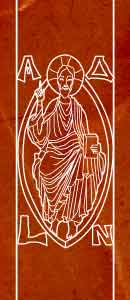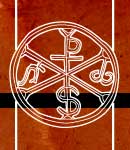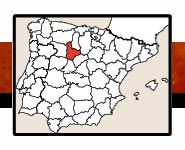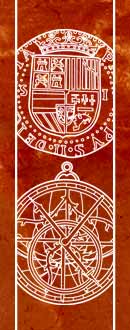 |
|
/SEM-20-sen-lib-E-25.jpg)
IGLESIA DE SANTA MARÍA - WAMBA
La iglesia de Santa María de Wamba es una iglesia románica, datada en el siglo XII, pero la cabecera es de estilo mozárabe (restos conservados incluso podrían hacer datar el origen en tiempos visigodos), tiene 3 naves y destacan dentro las capillas de Doña Urraca y del osario, llamadas así por conservar gran número de huesos humanos.
VISITA: Horario los viernes de 17:00-19:30, sábados, domingos y festivos de 11:00-13:30 y 17:00-19:30, fuera de este horario concertar visita al 679.142.730; entrada de 2€. |
|
/250-VAD-Wam-Mar-40.jpg) |
|
/SEM-20-sen-lib-I-25.jpg)
CHURCH OF SANTA MARÍA - WAMBA
The church of Santa Maria of Wamba is a Romanesque church, dated in the 12 th century, but the head is Mozarabic style (preserved remains could even date the origin in Visigoth times), has 3 naves and highlights inside the chapels of Doña Urraca and of the ossuary, named for keeping a large number of human bones.
VISIT: Timetable on Fridays from 5 pm to 7,30 pm; Saturdays, Sundays and holidays from 11 am to 1,30 pm and 5 pm to 7,30 pm; outside of these hours, arrange a visit to 679,142,730; €2 entry.
|
|







/comple-valla/VALL-Toroz2-40.jpg)
-55/BOOK-cort-40.jpg)

/comple-valla/VAD-TOROZ-W-50.jpg)
/comple-valla/TT-VAD-Toroz2-W-50.jpg)